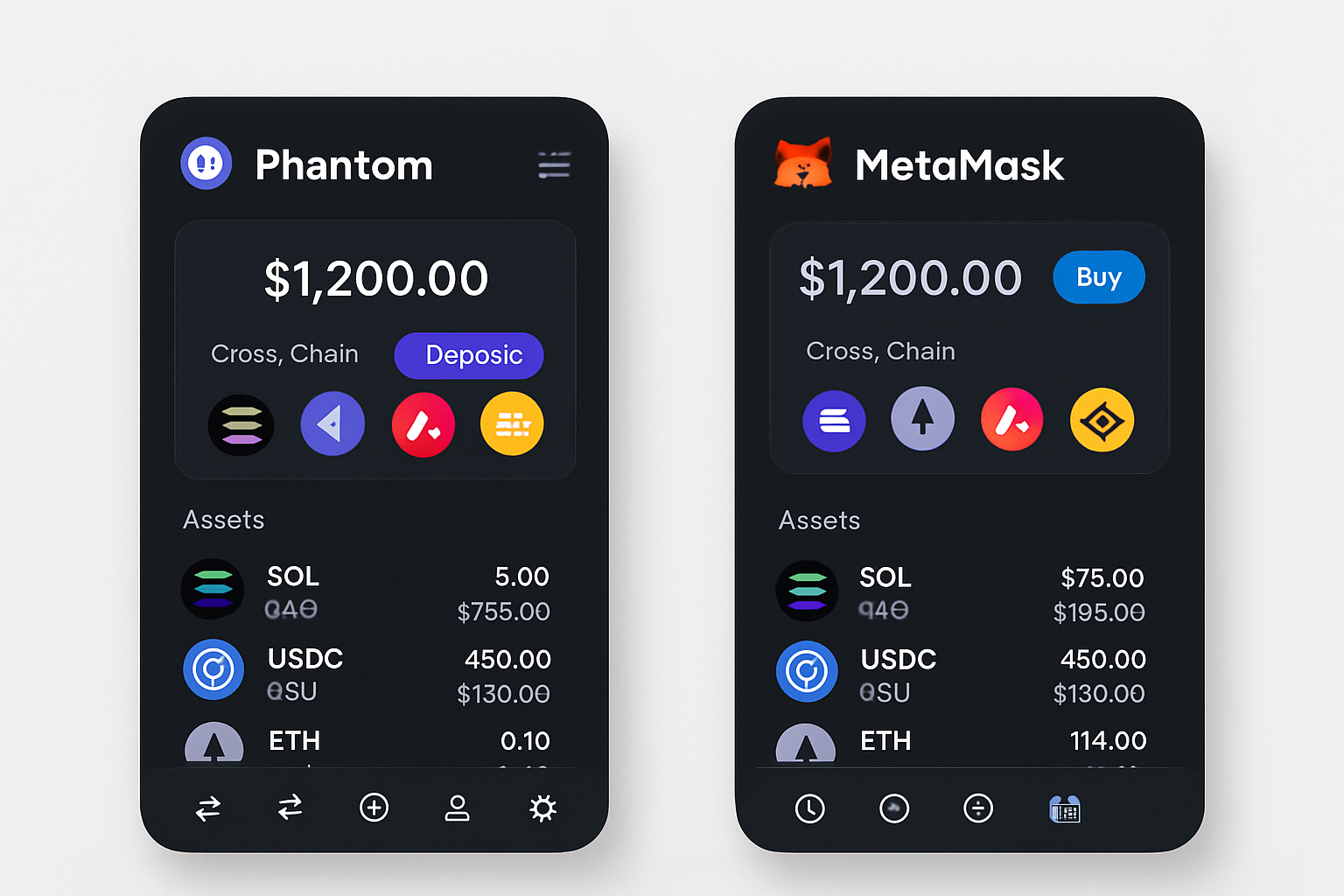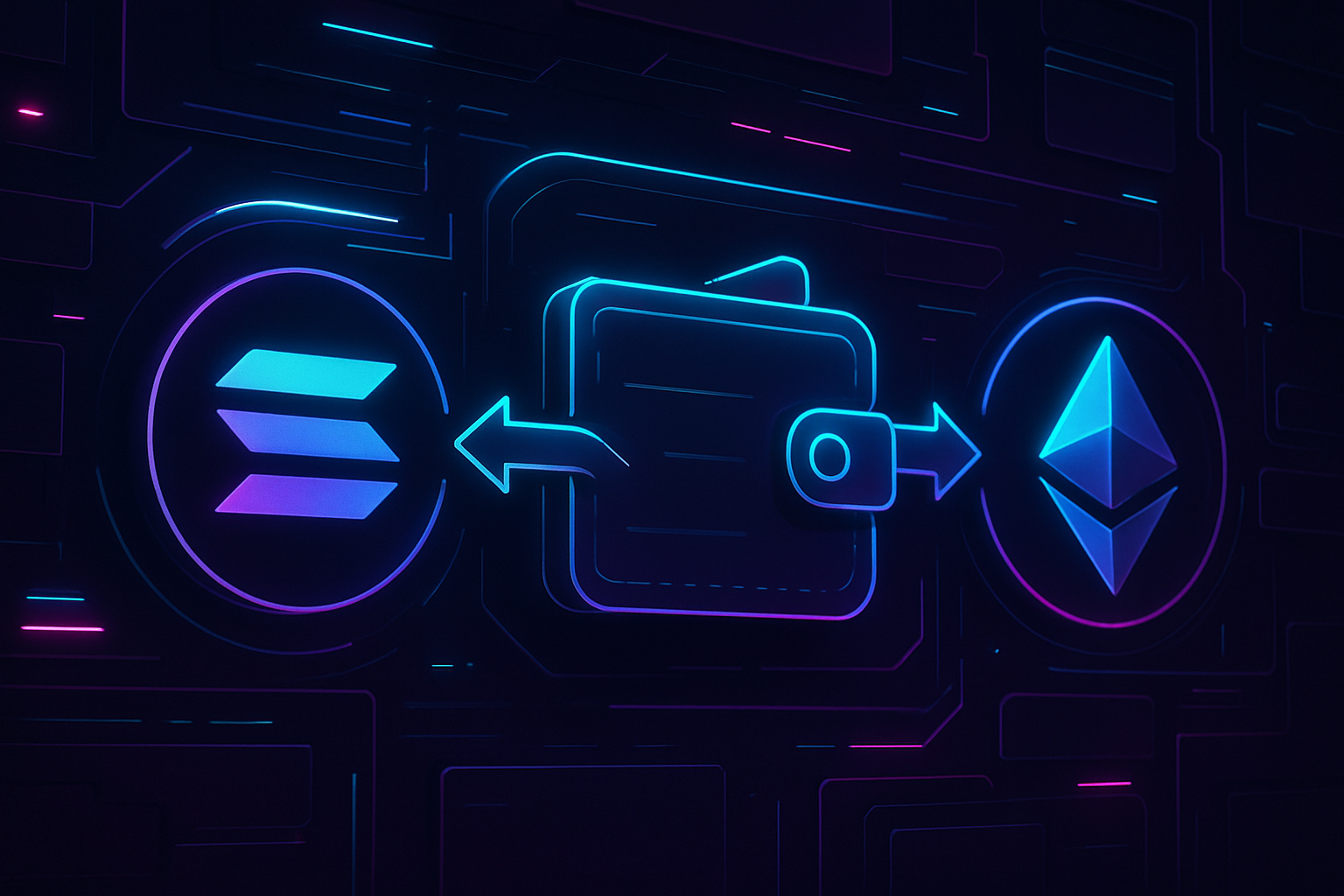
Managing digital assets across multiple blockchains has long been a pain point for even the most experienced crypto users. The fragmented nature of today’s blockchain ecosystem means that moving tokens between Solana and Ethereum Virtual Machine (EVM) networks often requires juggling multiple wallets, navigating complex bridges, and accepting unnecessary security risks. But recent advances in cross-chain wallets are rapidly changing this landscape, promising a unified crypto wallet UX and effortless multi-chain asset management.
Breaking Down Silos: The Promise of Cross-Chain Wallets
The core value proposition of cross-chain wallets is simple: abstract away the technical complexity so users can manage all their assets from a single interface. Traditionally, each blockchain operated as an isolated “digital island, ” forcing users to maintain a separate wallet for every network. This not only created friction but also increased the risk of errors and loss.
Today’s leading cross-chain wallets, such as MetaWallet and Phantom with LI. FI integration, have begun to bridge this gap. By supporting both Solana and EVM chains within one application, these wallets allow users to view balances, initiate transfers, and interact with decentralized applications (dApps) without ever switching contexts or worrying about underlying protocols.

This shift toward interoperability is not just about convenience; it’s about unlocking new efficiencies for the entire DeFi ecosystem. According to LI.FI’s integration with Phantom, in-wallet cross-chain swaps are now possible between EVM chains and Solana, drastically reducing the steps required for asset transfers and minimizing exposure to bridge vulnerabilities.
How Modern Cross-Chain Wallets Work
At the heart of these innovations is a combination of advanced routing protocols, smart contract interoperability, and unified authentication systems. For example, 1inch’s recent launch of bridge-free cross-chain swaps enables direct token exchanges between Solana and more than 12 EVM-compatible chains, all without relying on traditional bridges or messaging intermediaries. This architecture enhances both security (by removing common attack vectors) and user experience (by making swaps feel as seamless as single-chain transactions).
MetaWallet takes this a step further by integrating identity across networks, users authenticate once, then enjoy persistent access to all supported blockchains. This “one identity” model is rapidly gaining traction as MetaMask prepares its Multichain Accounts feature for an October 2025 release, which will let users manage assets across multiple chains from one account.
Key Features of Leading Cross-Chain Wallets
-
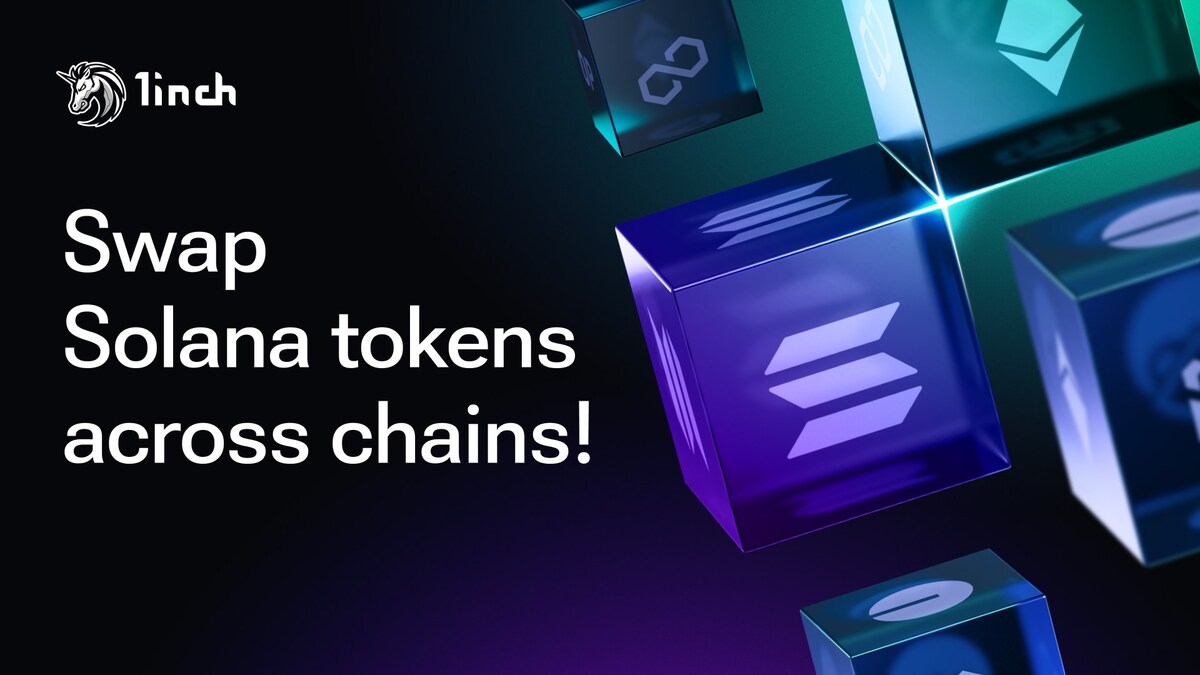
Direct, Bridge-Free Swaps: Platforms such as 1inch and LI.FI (integrated in Phantom) enable secure cross-chain swaps between Solana and over a dozen EVM-compatible chains without relying on bridges, reducing security risks and streamlining transactions.
-
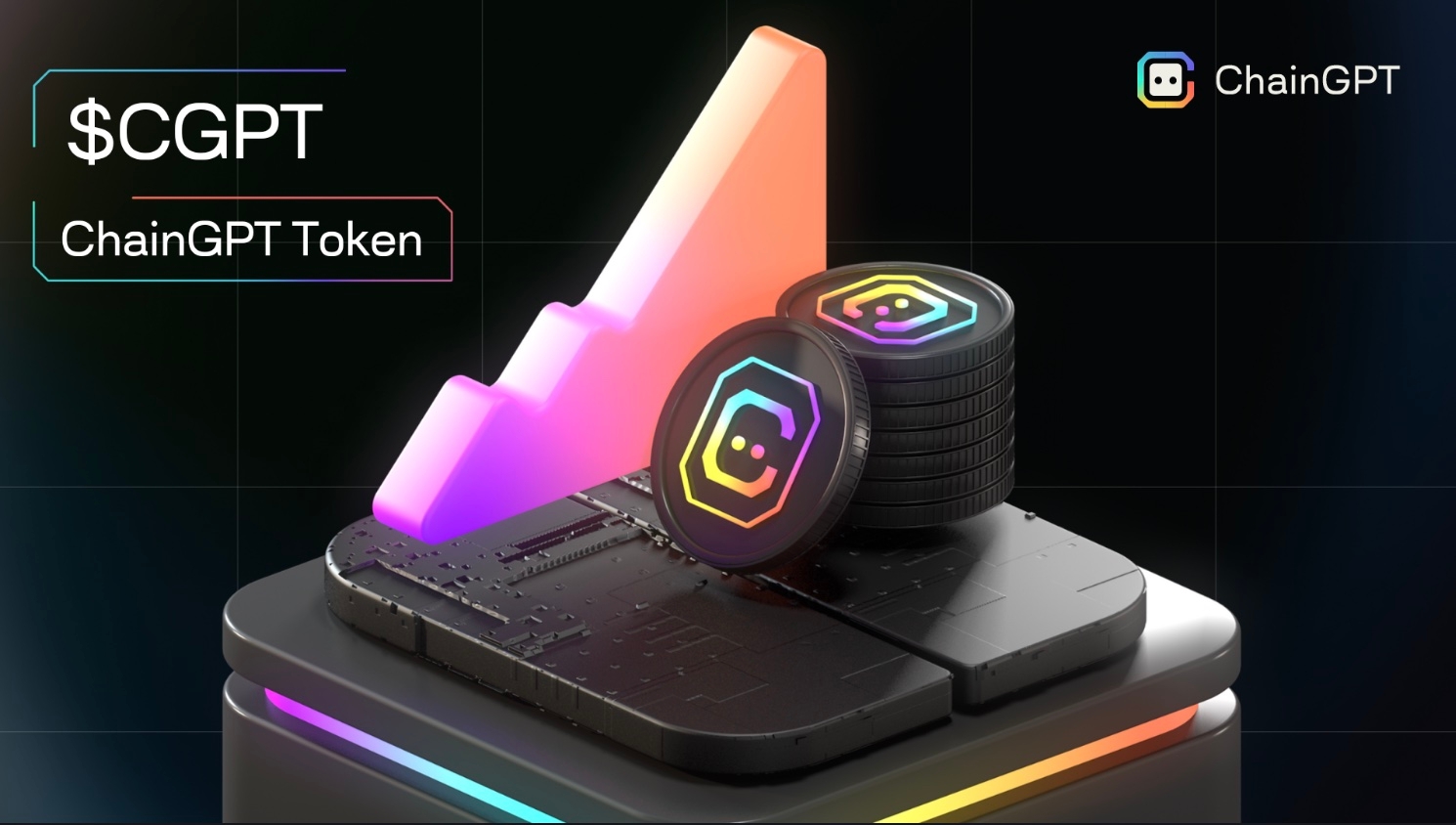
Seamless User Experience: Solutions like MetaWallet and WalletConnect offer a single identity and unified login across multiple blockchains, abstracting away technical complexity and making asset management intuitive for users.
-
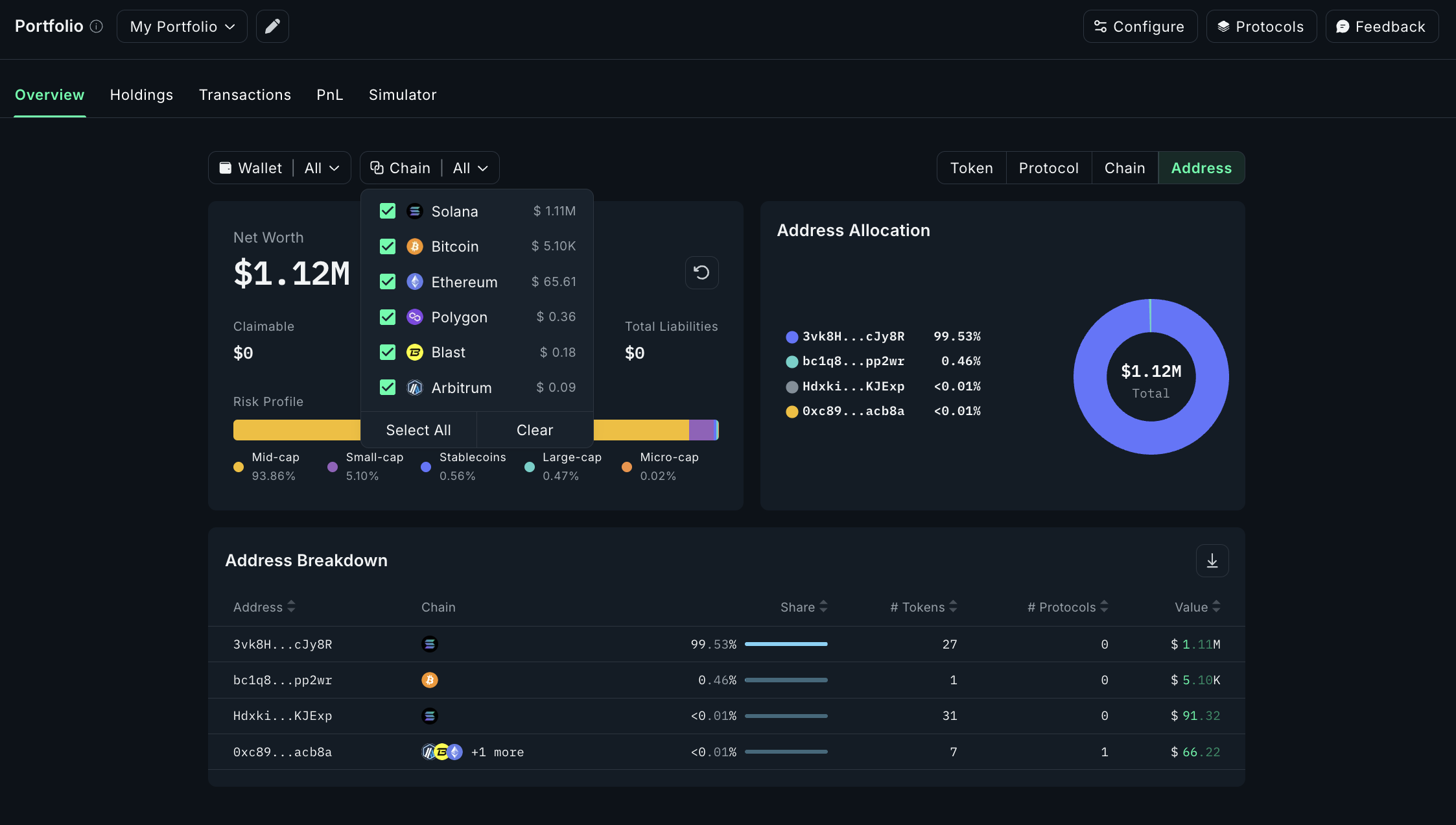
Support for a Wide Range of Assets: Top cross-chain wallets provide access to over 1,000 supported assets through a unified dashboard, allowing users to manage cryptocurrencies and NFTs across networks like Solana and Ethereum with ease.
-
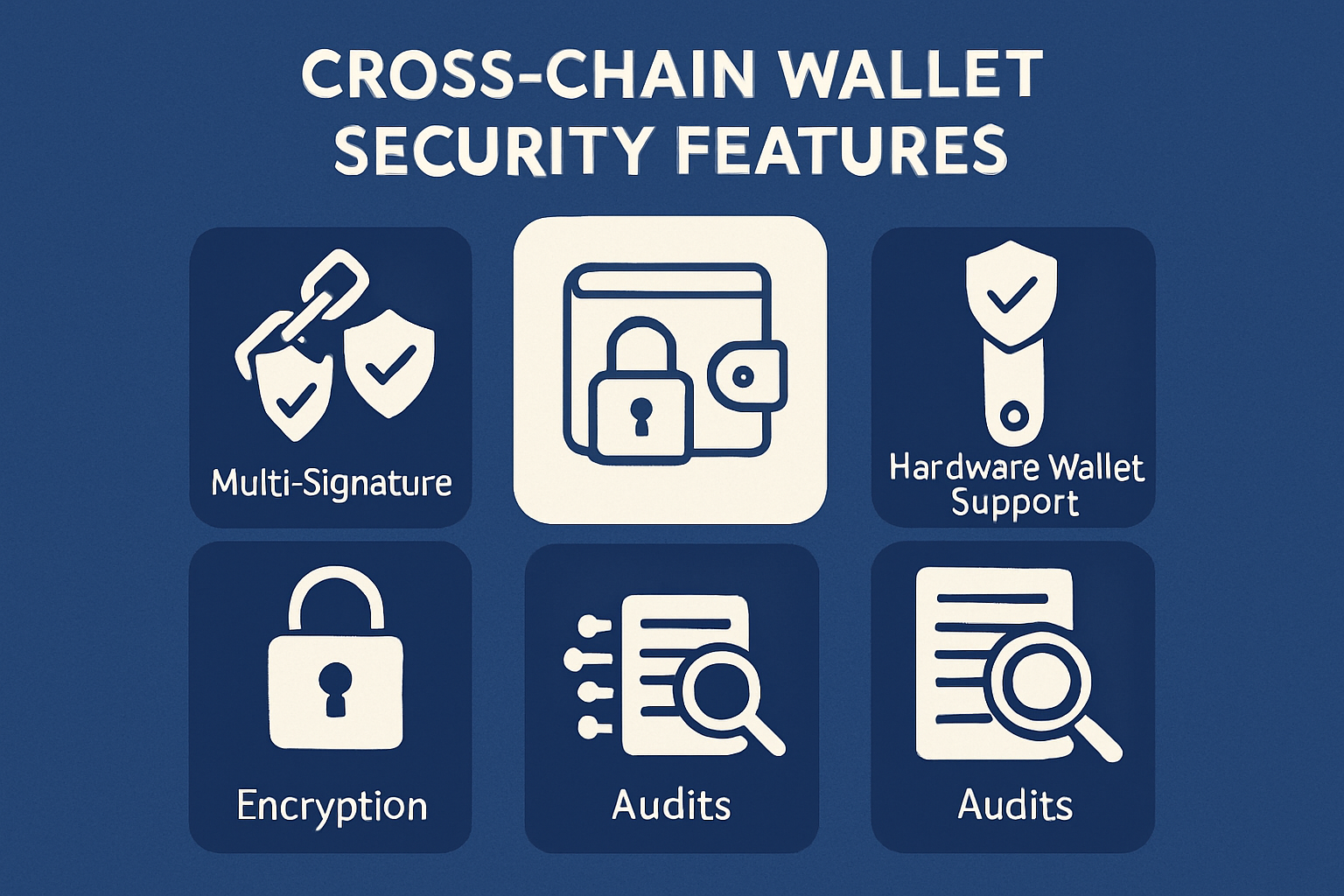
Enhanced Security and MEV Protection: Advanced cross-chain wallets incorporate features like maximal extractable value (MEV) protection and eliminate intermediaries, minimizing attack surfaces and safeguarding user assets during cross-chain operations.
The User Experience Revolution: From Friction to Fluidity
The shift from managing separate accounts on each network to enjoying a true cross-chain user experience cannot be overstated. Instead of memorizing dozens of seed phrases or manually bridging tokens, often at considerable cost, users now benefit from:
- Unified dashboards that display all assets across supported chains in real time
- Single-click swaps, thanks to direct routing protocols like those pioneered by 1inch
- Simplified NFT management, with both fungible tokens and NFTs visible in one place
- Enhanced security models, as bridge-free solutions eliminate many common exploits associated with traditional cross-chain transfers
This transformation is driving adoption at scale, Phantom’s LI. FI-powered swaps have made Solana more accessible than ever before while platforms like WalletConnect provide seamless DApp connectivity across Ethereum, Solana, Optimism, and beyond.
For developers and crypto enthusiasts, these advances mean less time spent on wallet infrastructure and more focus on building value-driven applications. The days of explaining to new users why they need three different wallets, or how to safely bridge assets between Solana and Ethereum, are fading into the background. Instead, the conversation is shifting toward how best to leverage unified interfaces for richer DeFi experiences and new cross-chain use cases.
Security, Scalability, and the Future of Interoperability
Security remains paramount in this new paradigm. By removing bridges, historically a major source of hacks and exploits, solutions like 1inch’s direct swap protocol have fundamentally improved risk profiles for end users. Each transaction leverages smart contract interoperability with maximal extractable value (MEV) protection and optimal rates, as seen in recent 1inch cross-chain swap launches. Users can move assets across Solana and 12 and EVM networks without pausing to consider which bridge is safest or fastest.
Scalability is also addressed by these unified wallet solutions. As more assets, over 1,000 currently supported on leading platforms according to Solana Compass, become available through a single interface, the network effects compound. Users gain access not only to a broader range of tokens but also to liquidity pools and dApps that were previously siloed by chain boundaries.
Multi-chain authentication further streamlines onboarding. Dynamic Wallet’s approach allows users to log in once and maintain a persistent identity across all supported blockchains. This eliminates redundant KYC processes and reduces cognitive load while preserving privacy and security.
What’s Next: The Road Ahead for Cross-Chain Wallets
The pace of innovation shows no sign of slowing as industry leaders like MetaMask roll out Multichain Accounts later this year. This feature will empower millions with seamless asset management across EVM chains and Solana from a single account, a milestone that could accelerate mainstream adoption of DeFi by lowering entry barriers even further.
Looking forward, expect cross-chain wallets to integrate deeper with decentralized identity solutions, support advanced multi-signature schemes, and offer richer analytics for portfolio management, all within one intuitive interface. As projects compete on user experience rather than technical gatekeeping, the DeFi landscape will become more inclusive, efficient, and secure.
What feature matters most in your choice of cross-chain wallet?
Cross-chain wallets now let you manage and swap assets seamlessly across Solana and EVM networks, with improvements in security, user experience, and direct swaps. Which feature is most important to you when picking a cross-chain wallet?
The result? A future where managing assets across Solana and EVM networks feels as natural as using a single bank app, with none of the legacy friction or fragmentation that once defined blockchain UX.



